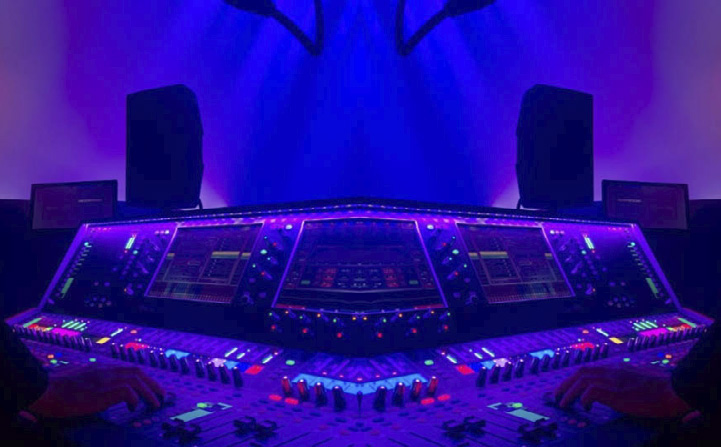For the majority of bands, one monitor engineer is all they need. We’re skilled at juggling many different mixes and fielding several requests at once – after all, that’s the job. Even when we find ourselves on a tour where we would welcome another engineer and console to share the load, the realities of logistics and budgets mean that it’s not practical for most touring acts.
There are some bands, though, for whom one engineer is simply not sufficient. In certain circumstances a high degree of exclusive attention is required for an artist to perform to their highest potential, and for those situations (and budget permitting) a dual monitor engineer team may be the best solution.
On the tours where I’ve shared monitor duties I’ve thoroughly enjoyed it. The nature of the situation is potentially delicate – in a realm where we engineers are normally the maestro of our own domain, we will be sharing leadership of the department with another engineer – and so there some are unique considerations to take into account. Just as in any walk of life, kindness and a welcoming attitude can make the difference between a happy tour and a miserable one, especially when the going gets tough.
It’s About Relationships
I generally have a great time mixing as part of a team, and I always find I learn a lot. Here are my key takeaways and tips about the experience.
Living and working together on tour is all about crew relationships, and mixing monitors is all about engineer/artist relationships. It goes without saying that a touring sound engineer of any genre needs great technical skills; but for monitor engineers, our job is also largely about human psychology.
As a seasoned monitor engineer, you’ve probably already learned pretty good people-chops, and now you’re adding a new relationship to the mix; one where your communication needs to be better than ever. You’re effectively job-sharing, and what would normally be your sole dominion is now a collaboration. As such, there needs to be mutual respect and sensitivity to avoid treading on one another’s toes and keep resentments and irritations at bay.
In my experience, a great way to do this is to have intentional conversations about internal politics early on, before they become real – where are the boundaries, who’s responsible for what, what can and can’t we expect of each other? Get it all out on the table at the prep stage, be transparent and agree not to let petty niggles fester, and you’ll have laid good foundations for a comfortable working relationship.
There are several logistical and technical practicalities to be considered. Some questions you might discuss are:
• Are we gain sharing? Who’s in control and who’s tracking?
• How should we lay our our equipment? Who’s upstage, who’s downstage?
• Are we running mix redundancy for each other? Sometimes you might choose to run back-up mixes for each other’s musicians in case of show-stopping equipment failure; in other instances that’s simply not practical.
• Have we got one or two monitor technicians working with us? If it’s just one tech how can we all divide labor so that there’s a fair distribution?
• What can we expect from each other on a day-to-day basis? What can we expect from our tech(s)? Making sure that everyone is on the same page in terms of how we load in, and what our individual responsibilities are, makes for smoother days.
• Where are the boundaries? What can we reasonably ask of each other in managing the onstage soundscape, versus what needs to be a conversation between band members themselves?
Set Up Protocols
When you get to the gig stage, you now have three engineers in the mix, so it’s helpful to have a simple line check protocol, so that you’re not speaking over each other. For example: front of house confirms first, then monitor A, then monitor B. This becomes even more useful if you ever have a recording engineer joining you – a simple agreed order such as ‘house, A, B, truck’ confirmation saves time and confusion.
I find that one of the most enjoyable aspects of sharing monitor duties is having another one of my kind to bounce ideas off. As touring monitor engineers it’s rare that we get to see up close how another engineer works, and our colleagues are a rich source of ideas and inspiration. How are you using that piece of outboard? Have you ever tried this function? As long as there’s no stepping on each other’s toes with judgment or unsolicited advice, a shared spirit of curiosity can be really fun and enriching.
I love mixing monitors; at the same time, it’s no secret that it can sometimes be a tough gig, so I enjoy the feeling of a supportive atmosphere that comes from a good crew, and most particularly from sharing the stage left space with someone who understands the direct experience. In my experience the watchwords in sharing monitor duties are respect, boundaries and collaboration – with those considerations as guidelines, mixing as a team, each in charge of your own section of the process at the same time as having each other’s backs, can be both a privilege and a pleasure!















